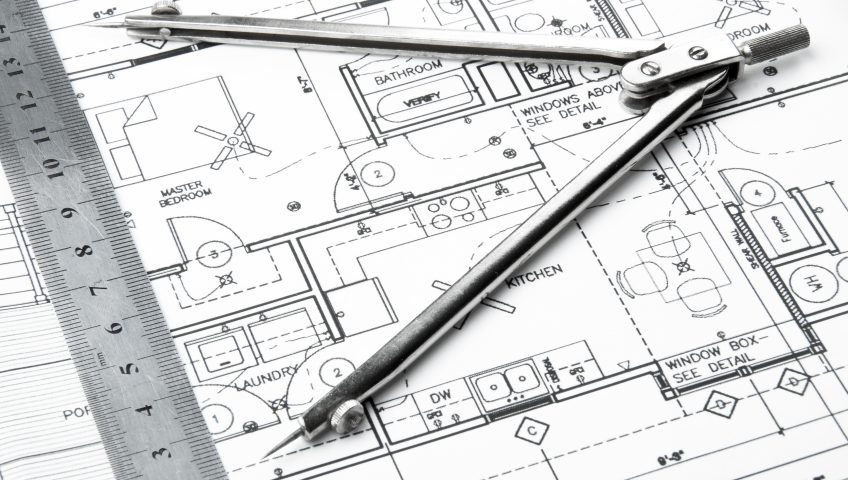The impact of Fire Safety Code in Hong Kong
The fire safety code has experienced a few rounds of reform. The most influential reform we opined was the code published in 1996 and also the code in 2011. While there are many honorable peers have shared the view to both code applicable in Hong Kong, GBE found one interesting HK-unique escape staircase arrangement which have been prevailing in 2 decades ago. This the verandah space intercepting between the apartment units and the requirement staircase (usually scissor-type)
Verandah Space being merged
This verandah space was a space designed in half-open to the external air. The space is connecting between the staircase and the apartment unit through the fire-rated doors. Driven by congested space in Hong Kong, some verandah, in this case, has been enclosed by the window and merged to the apartment units. This was deemed to be against the fire safety code or approved plan.

GBP for showing the Typical location of the verandah in a domestic unit
The Provision of HK CAP 502
In 2007, the HONG KONG CAP 572 Fire Safety (Buildings) Ordinance has been put into enforcement. The “Purpose Of Ordinance” is cited in clause 2 of Cap 572 and We copied here as follows.
This ordinance is aimed to provide protection from the risk of fire of occupants, users, and visitors to certain kinds of composite buildings and domestic buildings.
The law further explains the requirements including fire service installation and equipment and fire safety construction for different kinds of buildings in its Schedule 1 , 2, and 3 correspondingly. The governing requirements stated clearly is to apply the Code 1996 as the “standard” to satisfy the intention of this Ordinance. Thus, the said “Verandah” enclosure or modification is likely in this radar.
What did Code in 1996 talk about the “Verandah”
In our view, there was no direct elaboration to the “veranda” being designed for the intercepting lobby between the required staircase and the unit. From the MOE code 1996 and FRC 1996, there was a few relevant paragraphs which came up eventually the “veranda” application as a protected lobby. Since the author was not the Code writer nor in an authoritative position to comment, this blog of write-up serves to trigger some interesting discussion.
The provision of the “Protection” lobby was written in clause 13.5 in MOE 1996 and the design of “Protection lobby” was explained in 11.3 FRC 1996. Nevertheless, the enclosing wall of the Protected lobby was further explained in clause 11.7. Honestly, it was a complex integration of different clauses at different code and could easily lead to various explanation outcomes. This undesirable situation such complex set of codes has been improved in lately 2011 code.

The interpretations of Protected Lobby stated in MOE 1996 Code

The design of “Required staircase and protected lobby” was explained in Clause 11.3 at FRC 1996 Code

The Clause 13.5 in MOE 1996 Code
Indeed, the old 1996 code has remarked very clearly in clause 13.5 MOE 1996 code that “such lobby shall be designed as a common area and an integral part of the staircase so that it could not be readily incorporated as part of any adjacent unit(s) of accommodation” The 1996 code did aware the issue of merging the protection lobby to the private unit. Nevertheless, the complex nature of the set of codes 1996 which led to different explanations may undermine the intention in clause 13.5.

Plan for demonstrating the Verandah between the required staircase and the apartment
Above is another example where the “Veranda” was inserted between the escape staircase and the apartment. Interestingly, the kitchen doors also opened to the verandah. It was believed that this layout configuration is hardly survivable in today’s Code.












Recent Comments